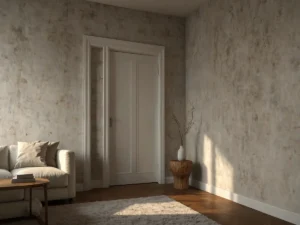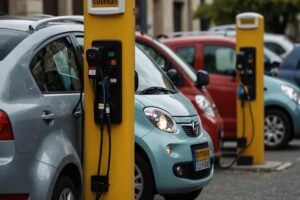Nel vortice scintillante del party di Natale delle Kardashian 2025, un’assenza ha acceso i sussurri: perché non abbiamo visto Timothée Chalamet accanto a Kylie Jenner? Niente toni scandalistici: solo fatti, contesto e qualche pista solida per leggere le immagini che non ci sono.
Cosa sappiamo, davvero
Le immagini del party di Natale Kardashian 2025 hanno invaso i social di famiglia, come da tradizione. Clip lucide, look coordinati, dettagli di set design. In quelle sequenze, lui non compare. Dato chiaro: nessuna apparizione pubblica di Timothée Chalamet negli highlight condivisi. Ma assenza nelle storie non equivale a assenza all’evento. Le Kardashian hanno spesso un controllo rigoroso sulla visibilità dei plus-one. Coreografie social comprese.
Qui entra la memoria corta dei feed e quella lunga dei fatti. Nel 2023 la festa di Natale di famiglia è stata documentata da People e dagli stessi profili Instagram con un flusso curato di immagini; non tutti i partner erano in primo piano. La stessa coppia Kylie Jenner–Timothée Chalamet ha alternato uscite apertissime a periodi silenziosi: allo US Open 2023 e al concerto di Beyoncé a Los Angeles sono stati ripresi in pubblico (People, settembre 2023); ai Golden Globes 2024 le telecamere li hanno colti vicini in sala (Variety, gennaio 2024). Poi, molte settimane a profilo basso, senza comunicati.
Dunque, il punto centrale va messo a fuoco solo adesso: non esiste, al momento, una fonte indipendente e verificabile che spieghi perché Chalamet non sia “stato visto” al party 2025. Né c’è una dichiarazione ufficiale su presenza, assenza o stato della relazione. Ogni altra versione, oggi, rientra nel campo delle ipotesi.
Le ipotesi plausibili (e prudenti)
Agenda e logistica. Fine anno è stagione di riprese, post-produzione e campagne promozionali. Un attore come Chalamet può trovarsi su un set, sotto NDA, o semplicemente in viaggio. Un orario di call può rendere impraticabile un’apparizione social-friendly.
Scelte di privacy. La famiglia Jenner-Kardashian orchestra la narrazione pubblica. È possibile che lui fosse presente off-camera, o che sia entrato/uscito in momenti non ripresi. La priorità, a volte, è il brand di famiglia, non la coppia.
Strategia di immagine. Dopo un 2023-2024 di grande esposizione, alternare visibilità e riservatezza è una tattica di PR sensata. Riduce l’overload mediatico e protegge il racconto futuro.
Fattori editoriali. I contenuti condivisi non sono cronaca integrale: sono highlights. Diritti esclusivi, accordi con fotografi, tagli di montaggio. Quello che vediamo è una versione.
Esempi aiutano a pesare il contesto. Alle feste di fine anno, partner storici come Corey Gamble compaiono con regolarità, altri molto meno. E celebri coppie hanno saltato eventi rilevanti senza che ciò preannunciasse rotture: la prassi è oscillante, non univoca. Qui contano i pattern, non l’eccezione.
Cosa non fare, quindi? Leggere un frame come una sentenza. Senza un annuncio ufficiale, “non visto” resta “non confermato”. La bussola, per un pubblico maturo, è la qualità delle fonti: People, Variety, The Hollywood Reporter quando riportano fatti, non rumor; i profili verificati quando forniscono dettagli, non allusioni.
E allora, al netto dei riflessi di neve artificiale e delle luci perfette, forse la domanda giusta è un’altra: quanto spazio concediamo al non ripreso nella nostra idea di realtà? Nel fuori campo del party, c’è sempre una stanza chiusa, un corridoio in penombra, una scelta silenziosa. È lì che, spesso, si decide cosa vedremo domani.






